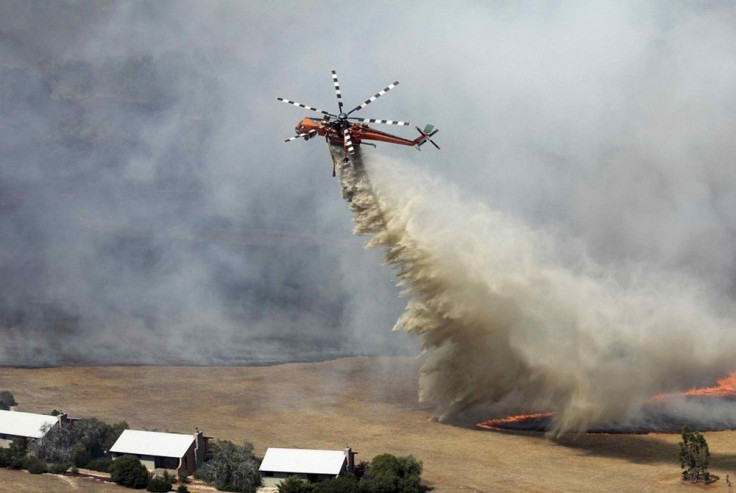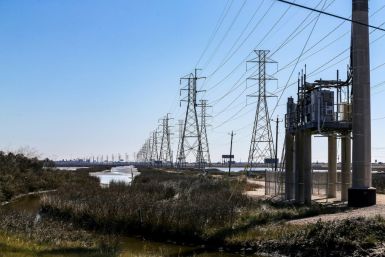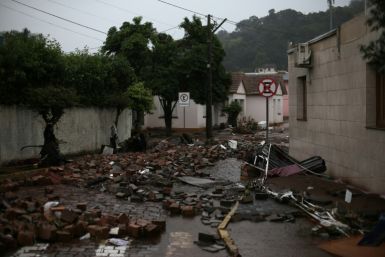Australia's State of the Climate: Extreme Heat Levels Rising, South Australia Drying Up

Australia is expected to be hit by more fire danger days as extreme weather continues to heat up the country. Extreme weather trends may accelerate in the face of global warming, according to the CSIRO and the Bureau of Meteorology in the recent State of the Climate report.
The survey held twice a year has discovered that average temperatures in Australia had increased by 0.9 degrees since 1910. By 2030, the report said another increase of0.6 to 1.5 degrees will be expected. South Australia will continue to dry out as the drought continues to affect the state.
The two agencies warned that by 2050, if greenhouse gas emissions continue to increase at the same rate as the past 10 years, average temperatures will soar between 2.2 and 5 degrees which will be more than the average between 1980 and 1999.
Penny Whetton, a CSIRO climate projection expert, expects the warming to continue in the decades to come and possibly an acceleration of extreme weather. The warming trends increases the risks of fire danger in the country and the dry spell in Southern Australia.
The latest State of the Climate may be grim for South Australia as more droughts are expected with greater frequency and intensity. The changes in the climate should be considered by farmers.
The worst drought in decades has hit 70 per cent of Queensland and has caused a live export crisis. More regions in the southwest are expected to be affected by the drought in the coming weeks.
Australian Prime Minister Tony Abbott has announced a $320-million drought relief package on Feb 26. Farmers in drought-affected areas will be given access to a five-year concessional loan programme worth $280 million. The assistance package will also provide mental health support.
Extreme heat levels expected in 2030 are already being experienced in Australia's capital cities of Adelaide, Canberra and Melbourne. According to the report "Heatwaves, Hotter, Longer, More Often," the number of days with above 35 degrees Celsius temperatures have already reached levels previously predicted for 2030. Australians living in these cities get to experience what the normal temperatures will be like in 2030.
In January, Adelaide became the hottest city in the world with a temperature of 46 degrees Celsius, caused by Australia's record-breaking heat wave.






